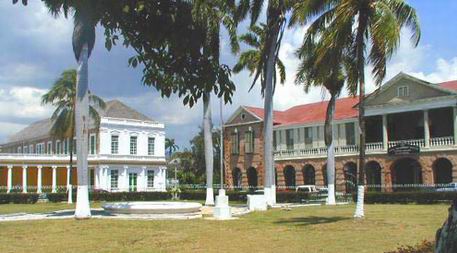
One problem facing European explorers and colonists intent on taking over the world in the 16th and 17th centuries was the fact that this involved a large amount of time at sea. Slow ships and lack of refrigeration meant that they had to be inventive when it came to food supplies. No surprise then that the earliest processed meats were to be found amongst the provisions of these intrepid explorers. Cured, dried meat was a common ration for these early seafarers. The surprising thing is that once they had found themselves a corner of dry land to settle they had actually developed such tasty recipes that these dishes entered the cultures of the populations they founded. In South Africa, the Dutch are believed to be responsible for Biltong, hugely popular to this day it has even made its way back to Europe with the ex-pat descendant of the first settlers.
Dried or cured meat does, of course, have a longer history than this. Any society reliant on meat, prior to modern refrigeration techniques has developed various recipes and techniques for storing meat, from the popular Beef Jerky of the Caribbean to the numerous smoke cured meats in Scandinavia. It is in countries with extreme climates, hot or cold, that this type of meat has traditionally been commonly found, and has developed strong cultural associations.
As for South African Biltong, no self-respecting Rugby goer would be without a pack, but it also appears in a surprising range of recipes, being a more than serviceable addition to stews. It has found a starring role on the top of the odd pizza. South African biltong is generally less sweet than its Caribbean counterpart and for this reason is perhaps more flexible. Preparation starts with marinating the meat; meats used are not restricted to beef, with typical African resilience and adaptability meat can include venison, ostrich and quite possibly road-kill of any variety in the home made version at least! Once marinating in cider or balsamic vinegar is complete a mixture of spices are added, saltpetre is added to wet biltong, to aid preservation. The prepared meat is then dried traditionally in the open air but in commercial varieties that incredible invention the fan oven is usually used.
Biltong is seeing a rapid rise in popularity in the UK along with other countries that have high South African populations. It has been prepared by at least one well known TV chef, but is increasingly widely available from commercial suppliers in the UK, producing the meat to strict guidelines laid down over the last few centuries in South Africa! Biltong is a flexible meat, usually produced in thicker strips than Jerky and can be a great healthy snack as well as an excellent substitute for fresh meat in many recipes, adding a great range of flavour to any dish.






No comments:
Post a Comment